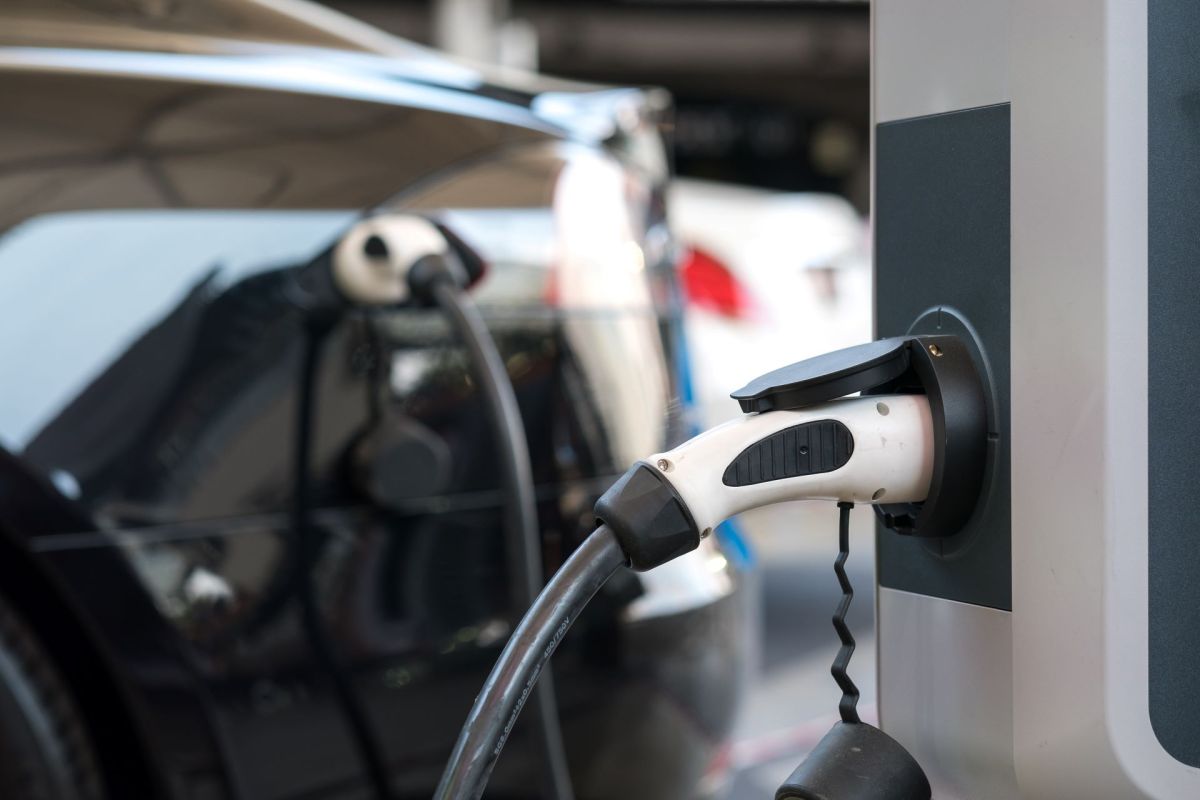The improvement in the efficiency of electric vehicle batteries has extended their range significantly, but one major hurdle stands in the way: cold weather. The cold limits the range of EVs and has been a notable reason why people in cold climates have steered away from purchasing EVs.
But new technology has emerged that is expected to allow some EV batteries to work in temperatures as low as -4 degrees Fahrenheit. In comparison, current EV batteries typically work well between 32 to 104 degrees Fahrenheit, according to IEEE Spectrum.
The new battery, which has a redesigned battery electrolyte, has a lifetime of more than a year (1,400 charging cycles) and sets developers on their way to find a way to have EV batteries operate between -40 to 140 degrees Fahrenheit within the near future, reported IEEE Spectrum.
Designing a cold-tolerant battery has been a struggle for EV developers for many years because it has often meant adding insulation and heat, increasing bulk, and subsequently decreasing the driving range.
Among the technical advances made recently include low-temperature solvents and chemical additives to help increase cold tolerance. The new technology, published in Matter, uses ethyl acetate, a high concentration of lithium salts, fluoroethylene carbonate, and a high-energy cathode, which the researchers told IEEE Spectrum "is reasonable to make on a large scale."
This design also bypasses the risk of gas generation in ethyl acetate and lithium electrodes, a common reason why the electrodes crack, and batteries fail in cold weather.
There are still some hurdles that researchers must overcome before this technology is able to be introduced to the market. The electrode is still more expensive than the conventional one, and the battery has not worked efficiently in temperatures lower than -58 degrees Fahrenheit.
No timeline has been set for releasing this technology onto the market.
Once the technology has been made available in EVs, more consumers in colder climates will likely be able to purchase them without worrying about losing driving range in the winter months or having batteries fail.
In addition, the further development of EV technology has been at the forefront of phasing out internal combustion engines and limiting pollution from the transportation sector.
Join our free newsletter for weekly updates on the coolest innovations improving our lives and saving our planet.









